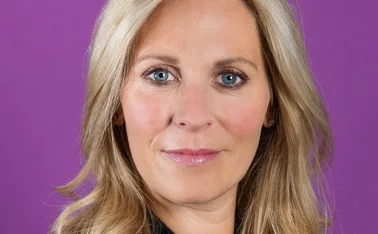
In Depth: Schemes partnerships build opportunities in a changing market

Jonathan Forster, SME distribution director at Travelers, considers how brokers can make a success of schemes in the final part of our series.
It’s key to find – and be – the right partner. In a changing insurance market, it’s more important than ever for insurers and their broker partners to be able to work collaboratively to meet clients’ needs – and for those clients to know they are getting the best solution they can. Schemes partnerships can be key to this success.
Schemes are useful to brokers and insurers alike because they build a foundation for sustainable, profitable growth. They help an insurer to access new markets and
Only users who have a paid subscription or are part of a corporate subscription are able to print or copy content.
To access these options, along with all other subscription benefits, please contact info@insuranceage.co.uk or view our subscription options here: https://subscriptions.insuranceage.co.uk/subscribe
You are currently unable to print this content. Please contact info@insuranceage.co.uk to find out more.
You are currently unable to copy this content. Please contact info@insuranceage.co.uk to find out more.
Copyright Infopro Digital Limited. All rights reserved.
As outlined in our terms and conditions, https://www.infopro-digital.com/terms-and-conditions/subscriptions/ (point 2.4), printing is limited to a single copy.
If you would like to purchase additional rights please email info@insuranceage.co.uk
Copyright Infopro Digital Limited. All rights reserved.
You may share this content using our article tools. As outlined in our terms and conditions, https://www.infopro-digital.com/terms-and-conditions/subscriptions/ (clause 2.4), an Authorised User may only make one copy of the materials for their own personal use. You must also comply with the restrictions in clause 2.5.
If you would like to purchase additional rights please email info@insuranceage.co.uk








